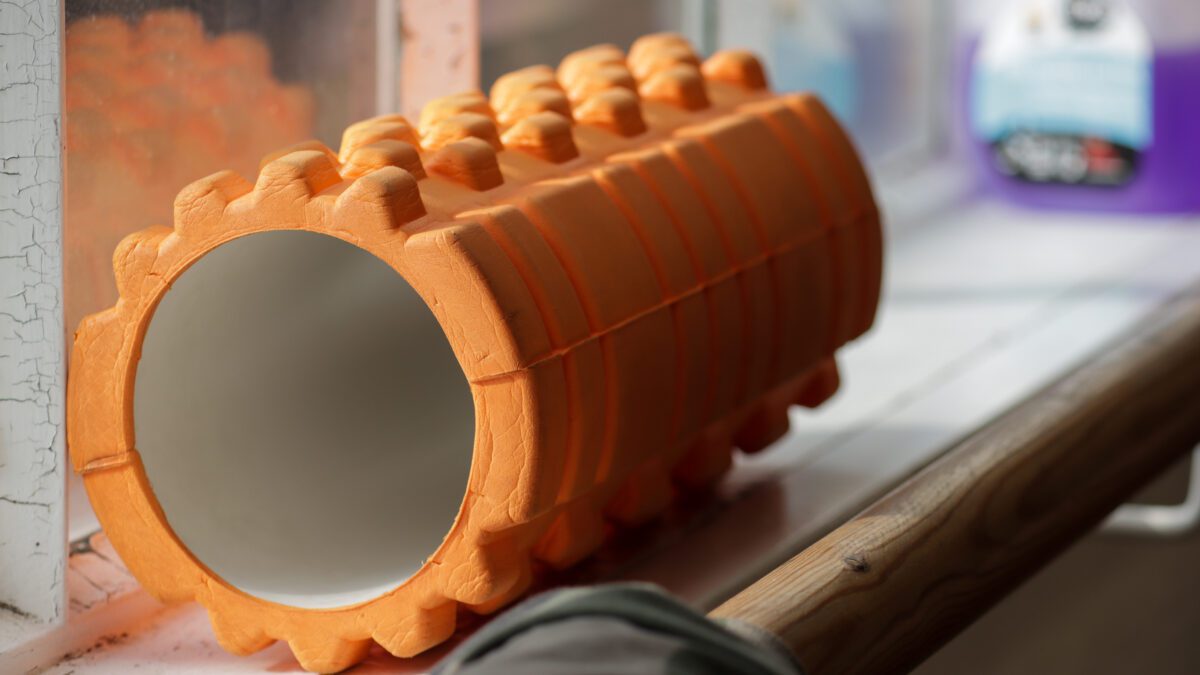

Pilates is a low-intensity, full-body workout that helps you build core strength, increase your flexibility, and tone, and it can be done with little to no equipment. However, to keep your workout dynamic, intense, and stimulating at home or in a studio, you need proper equipment, and there are a lot of them available for you to choose from. Besides, most Pilates workout equipment does not take a lot of space and can be easily put away after every workout.
With the wide range of options available, it can be difficult knowing which equipment you need to buy, especially if you want to set up a Pilates studio at home. You should consider the size and durability of the equipment, as well as your skill level. This article will discuss everything from types of Pilates to the different types of Pilates equipment.
Pilates has existed for over 100 years and it was developed by Joseph Pilates, a German-born fitness specialist. This low-impact workout helps to improve balance and flexibility while toning and strengthening the body. Plus, health professionals have stated that Pilates is beneficial for better posture, joint mobility, and overall mental and physical health.
This low-impact exercise is great for everyone from athletes to the elderly, young, and those recovering from injury. With Pilates, you can go at your pace and increase the intensity as you like.
Pilates has since evolved from the initial exercises developed by Joseph Pilates. Now, there are different forms and types of Pilates, with each having its own distinct equipment and purpose. However, all Pilates types have the same core principles – breath, concentration, center, control, precision, and flow. So, let’s discuss some of them below.
Classical Pilates follows the original Pilates method developed by Joseph Pilates, and it combines mat and apparatus work. This type of Pilates includes transitions between exercises and it follows a sequence developed to move the body through a complete range of motion.
Mat-based Pilates can be done anywhere with very little equipment, making it accessible and cheap for everyone. Both beginners and advanced students can do this form of Pilates, as beginner mat-based Pilates involve focusing on learning fundamental Pilates movements while advanced classes increase intensity and complexity. This type of Pilates is done with no machine assistance and it is a good place to start if you are new to Pilates.
Joseph Pilates explored mat-based Pilates before introducing other apparatus, and it has numerous benefits from strengthening your core, pelvic floor, and lower back muscles to your glutes and upper body.
Contemporary Pilates is a modern variation of classical Pilates that integrates up-to-date knowledge of the body and contemporary forms of exercise into the Pilates catalog. This means that the classical Pilates exercises still exist but modifications have been added to make the system more practical. Besides, contemporary Pilates incorporates a wide range of Pilates equipment, but each class is different as it depends on the instructor’s teacher training, the style they prefer, and the goals of the student.
Reformer Pilates involves the use of reformer equipment called the reformer machine. This machine, which is like a bed-like platform with a set of springs, ropes, a pulling mechanism, and a sliding carriage, is designed to add intensity and resistance to your Pilates exercises. You can alter the springs that act as resistance to create varying tension levels, and they can be tailored to fit beginner, intermediate and expert students. Also, you can use this form of Pilates for injury rehabilitation and weight loss.
Pilates mats are essential for both your home and studio Pilates workouts. They are designed to be denser and thicker than your average yoga mat to ensure your hands, joints and spine are protected and cushioned all through your workout. However, if you already have an exercise mat at home, you don’t need to purchase a separate one for Pilates. Also, you can use your mat for almost all forms of Pilates exercises, making it a very good choice to start with.
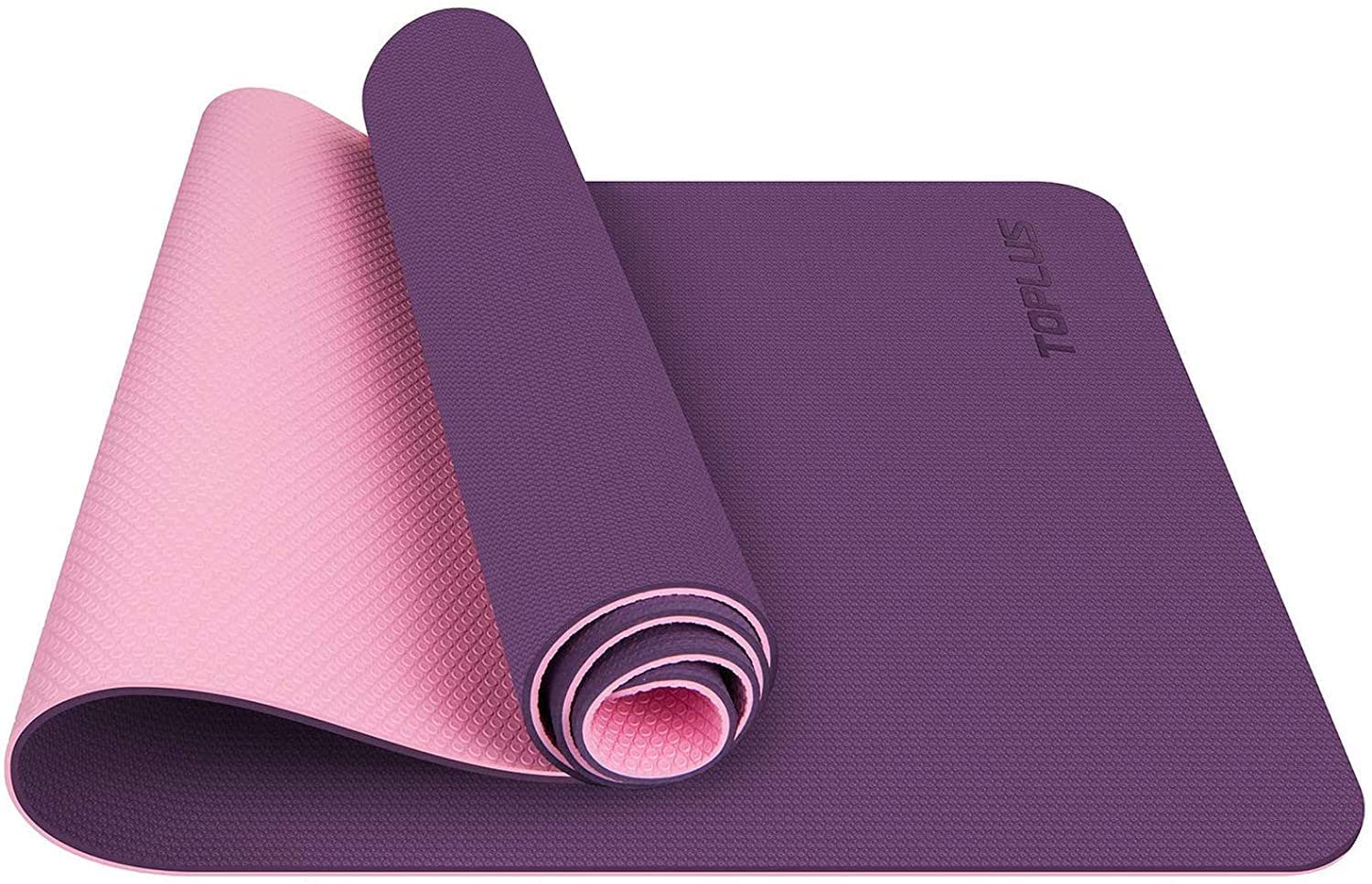
It is important that your mat is durable and provides you with the support and comfort you need during your exercise. This cost-effective Pilates equipment doesn’t take a lot of space and is also easily transportable, making it easy for you to take it along to your class or tuck it away after a session at home.
Reformer machines are usually quite pricy but they make a great addition to your collection as they help to simplify flexible and safe Pilates workouts. People of all ages and fitness levels can use this equipment, from rehab patients to pregnant women, athletes, and people with disabilities, to increase their flexibility, strength, coordination, balance, muscle tone, and posture. However, before you invest in this equipment, you need to consider the size of your space as well as your budget, because they do not come cheap and are usually quite bulky and large. Plus, you also need to know how to properly make use of this machine before you invest in one.
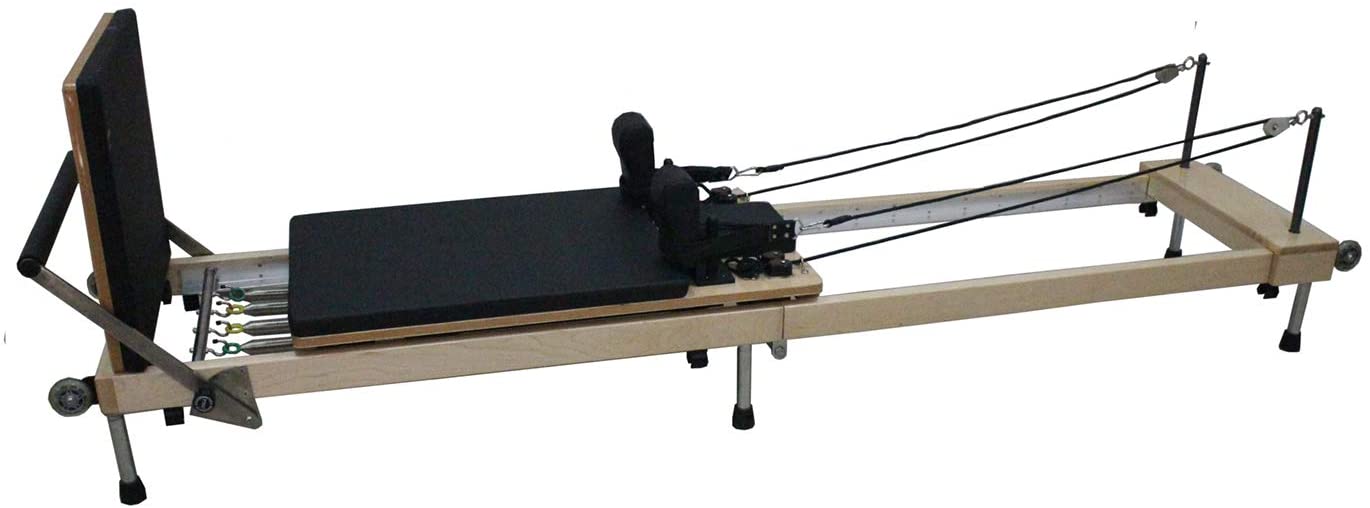
You can use reformer machines to carry out all types of strength and resistance training exercises, as it uses ropes, straps and spring to increase the resistance and intensity of each exercise. The spring resistance on this equipment can be altered to fit the goals, needs, and fitness level of the user, making it both beginner and expert-friendly. You can maintain different positions while using this equipment to work out from kneeling to sitting, standing, and side-lying. Besides, the Reformer machine provides countless exercise variations, making it a great option for Pilates teachers that want to lead specialized classes.
The Pilates ring, which is commonly called Magic Circle, is a small but mighty Pilates equipment created by Joseph Pilates that helps to improve balance and add resistance to your workouts. This ring comes with two padded handles that you can comfortably grip using your palms, ankles, thighs, or other parts of your body, and they are great for toning and strengthening different parts of the body including the pelvic floor, legs, thighs, chest, and arms. The Pilates ring allows you to squeeze or push the two padded handles on each side between different parts of your body, enabling you to work different muscle combinations. Plus, you can use this equipment to add variety to your mat Pilates workout, as it helps improve flexibility, muscle strength, and joint mobility.
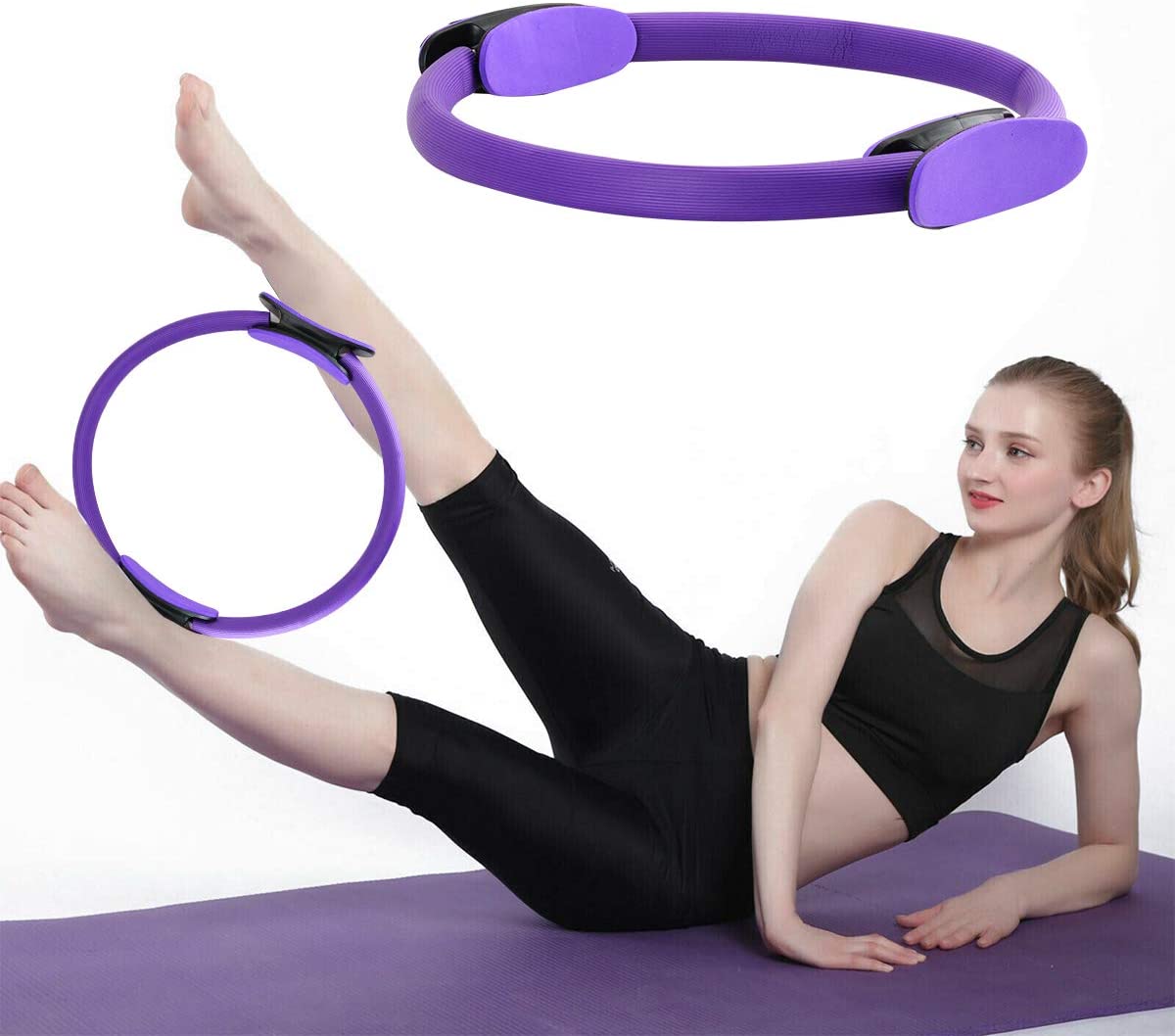
Just like the Pilates mat, the Magic Circle is very portable, lightweight, and reasonably priced, allowing you to carry it with you on the go or put it aside after your workout. This yoga and Pilates equipment is a must-have if you are looking to start a home studio, as it helps a great deal with your Pilates routine or any other type of workout.
Resistance bands are great for strength and flexibility training, as they allow you to add resistance to your routines without needing a piece of bulky equipment like the Reformer machine. These bands are inexpensive and come in a range of sizes, difficulties, and materials, making them a good addition to your collection. You can do different types of exercises with these resistance bands, and most of them come with colours that correspond to their resistance levels. Additionally, some resistance bands may contain latex, which may tear with continuous use, but you can choose the material most suitable for you when purchasing one.
Most resistance bands come with a set of three bands of different lengths but this depends on the type you purchase. You can use these bands to work on multiple areas of the body like your thighs, glutes, core, and upper body, and both beginners and experts alike can use them with ease. The open-ended design of these resistance bands gives you the flexibility to use them in various ways. Besides, the portable nature of this equipment makes it easy for you to carry it on the go, whether for a Pilates class at the studio or a makeshift one at the park
Wearable weights that can be worn on the ankle and wrists are a good way to build your strength during Pilates workouts, as they add resistance to your workouts. This wearable ankle and wrists weights make even the easiest workouts more challenging and intense for you, and they come in different weights, enabling you to go as heavy or light as you want. Most of these wearable weights are sold in pairs and although they look pretty non-intimidating, they pack a punch and are an essential addition to your collection because of how lightweight they are. Besides, bulky weights do more harm than good for you during your Pilates session.
Most wearable weights have beginner-friendly and expert-level weights to enable users of different fitness levels to conveniently use them. This way, users can move to the next weight after they’ve mastered the previous one. These wearable weights increase the endurance of your muscle groups and improve your bone strength and the adjustable nature of a number of ankle and wrist weights in the market makes them a must-have. Just like most Pilates equipment, these wearable wrights are easily transportable.
Even though most Pilates classes require little to no equipment, Pilates grip socks are a must-have because they make it easy for you to carry out specific movements without slipping. A good pair of Pilates socks with non-slip silicone soles will improve your workout regardless of the platform you are using, whether carpet or wood, as they enable you to stay in static positions longer. These socks also help you to transition between different moves without falling or slipping.
You can find these grip socks in different sizes, styles and patterns, and some even have arch compression features to help make your sessions more comfortable, especially if you have foot pain. Most Pilates socks are made of moisture-wicking materials, ensuring that you don’t have any issue of sweaty feet to distract you during your Pilates class. Besides, these socks are just as lightweight as the average socks, so you should add them to your workout bag before you go for your next Pilates session.
Pilates chairs are a great alternative to the reformer machine, especially if you don’t have the money or the space for the latter. This equipment comes in different sizes and styles and it enables you to do the same types of exercises you would do if you had the reformer. You can use the springs, handles and pedals of this equipment to increase the resistance of your workouts. The Pilates chair is a piece of space-efficient equipment that you can use to effectively sculpt your body, and it evolved from the traditional ‘Wunda’ chair that was designed by Joseph Pilates.
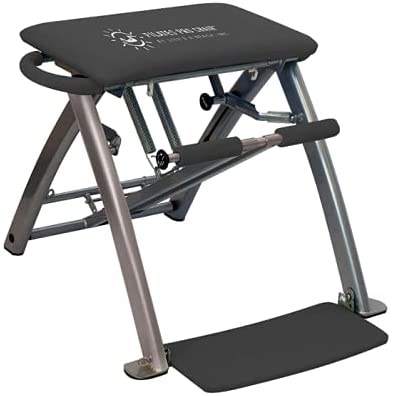
Pilates chairs can come in different styles from gym-style chairs to average-looking armchairs, and you can customize your Pilates chair to fit your home aesthetics. Some Pilates chairs come with padded cushions and adjustable handlebars and pedals. These chairs are designed to support a wide range of Pilates exercises and can be adjusted to fit your fitness level or needs. This equipment is known to be very challenging and you can use it to strengthen the muscles in your arms, legs, core, and back.
Because they look like the average chair, they would not take up a lot of space or money like the Reformer machine. However, depending on the comfort level and style of the Pilates chair, it can be pretty costly. Also, even though this equipment is not as bulky as the reformer, you cannot easily carry it with you on the go.
Pilates balls come in a variety of types and sizes, like the Swiss ball, overball, and mini Pilates ball. The Swiss ball, which is usually called the stability or exercise ball, is essential Pilates equipment that you can use to perform different movements that target multiple parts of the body. You can use this Swiss ball to improve your balance, increase flexibility, strengthen muscles, activate your core strength, and target small muscle groups.
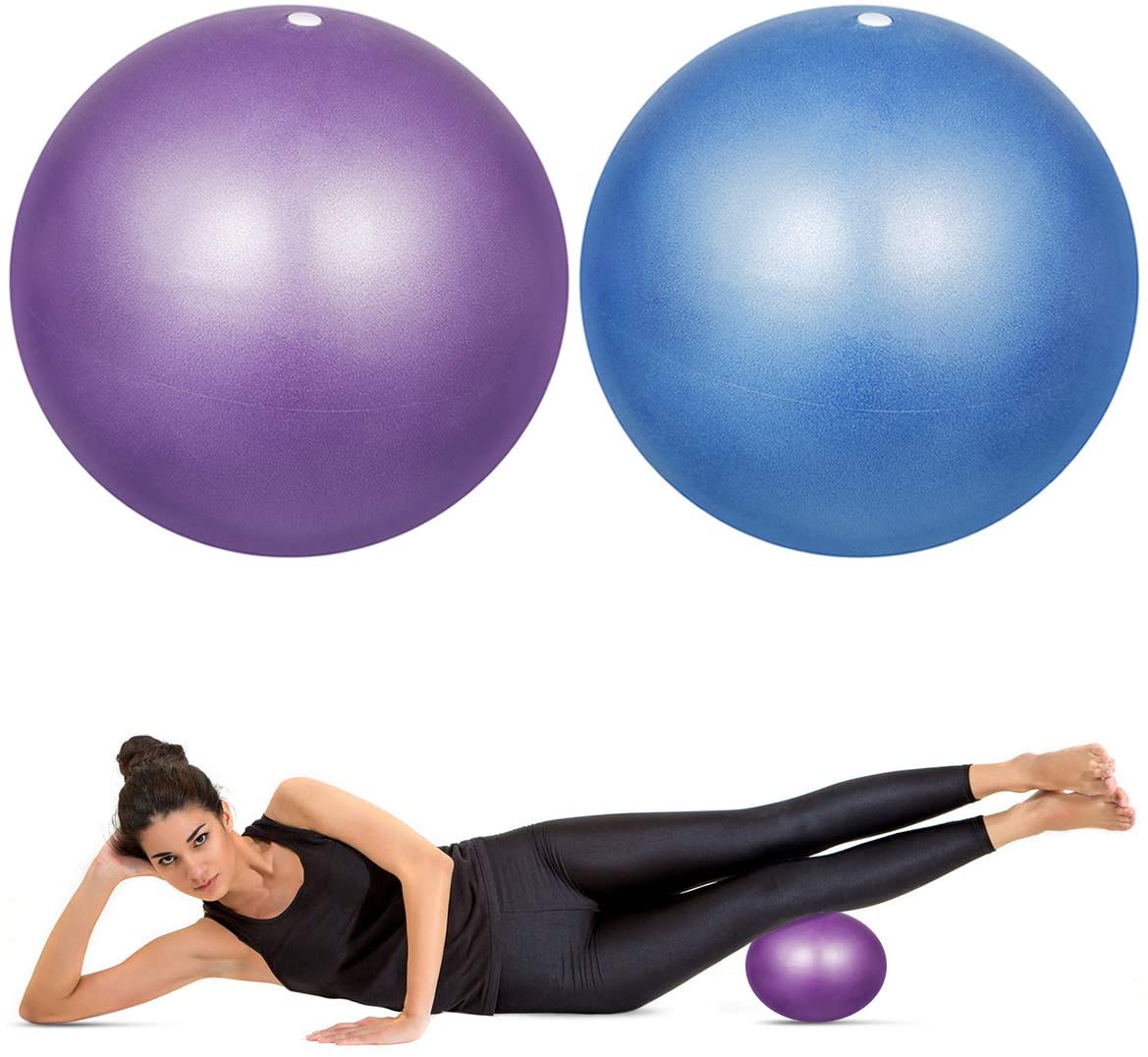
The overball is a small ball with a soft grip texture that has similar features to a foam roller and a Pilates ring and you can use it as an alignment tool while doing exercises.
These overballs come in multiple sizes and you can place them behind your back or between your knees, legs, or ankle to help with stability exercises. You can also use this equipment to create resistance and provide support during your workout.
On the other hand, the mini Pilates balls help you level up your Pilates workout while activating your muscle groups.
You can use these balls to target different parts of your body from your arm to your thighs and abdomen.
Plus, they also help with posture and alignment.
Relevant content:
What is a massage ball? A complete guide
What is Pilates? A guide for beginners
Glider discs, also known as floor gliders or sliders, are small pads that you can use to glide along the floor while exercising. This equipment may look basic but they will have you feeling the burn in seconds and you can use them to increase the intensity of your favourite exercises. Glider discs come in pairs and they help you avoid slipping or falling during exercises. However, not all gliders are suitable for all types of flooring, so you should pick the one that is suitable for your flooring. Also, the lightweight nature of these gliders makes them a perfect addition to your Pilates collection as you can carry them on the go.
The arc barrel is another essential Pilates equipment that offers a fundamental way for you to strength train and stretches during your Pilates session. This equipment can be used for posture assistance, especially for the shoulders, legs, back, and torso. You should include this tool to your collection if you enjoy mat Pilates as it will help you improve your balance, control, and strength. The arc barrel has the shape of a half-cylinder and it is designed to provide you with support for complex Pilates movement. Also, you can flip this equipment over, with the arc facing the ground, and use it for balance.
Even though this equipment is not as small or lightweight as some of the others we’ve discussed, it is still a small piece of equipment. It might not be convenient to lug it around with you on the go but it is an essential purchase, especially if you want to improve your flexibility and strength.
Just like reformer machines, springboards are advanced Pilates equipment that helps you carry out different types of exercises in exciting and challenging ways. Springboards are boards, usually attached to the wall that uses levers and springs to keep your muscles under continuous tension. This equipment is usually quite large, but it doesn’t take that much space as it mounts onto your wall directly. There are hooks attached to the sides of the boards and you can attach springs, levers, ropes, and other types of Pilates accessories to it to increase the intensity of your workout.
Some Springboards come with a few Pilates accessories, reducing the problem of having to purchase accessories independently, and they also come with all the hardware needed to hook the accessories. You can use this equipment to work out different areas of your body while improving your flexibility. Plus, you can combine mat Pilates workouts with the Springboard seamlessly.
Even though you can wear looser tops for Pilates, it is best that you opt for fitted tops. With a fitted top, you’ll be able to properly monitor your alignment and form during a class unlike with a sweatshirt that will make it hard to see whether your spine is aligned or your core is engaged effectively. Same reason why you should opt for fitted legging during your Pilates sessions as bulky sweatpants can get in the way of your movements.
Pilates still requires recovery time even though it’s a low-intensity workout and the foam roller does a good job of helping you during your recovery time. You can use this compact and affordable equipment all through your Pilates session, and it is good for physical therapy as well as exercise support.
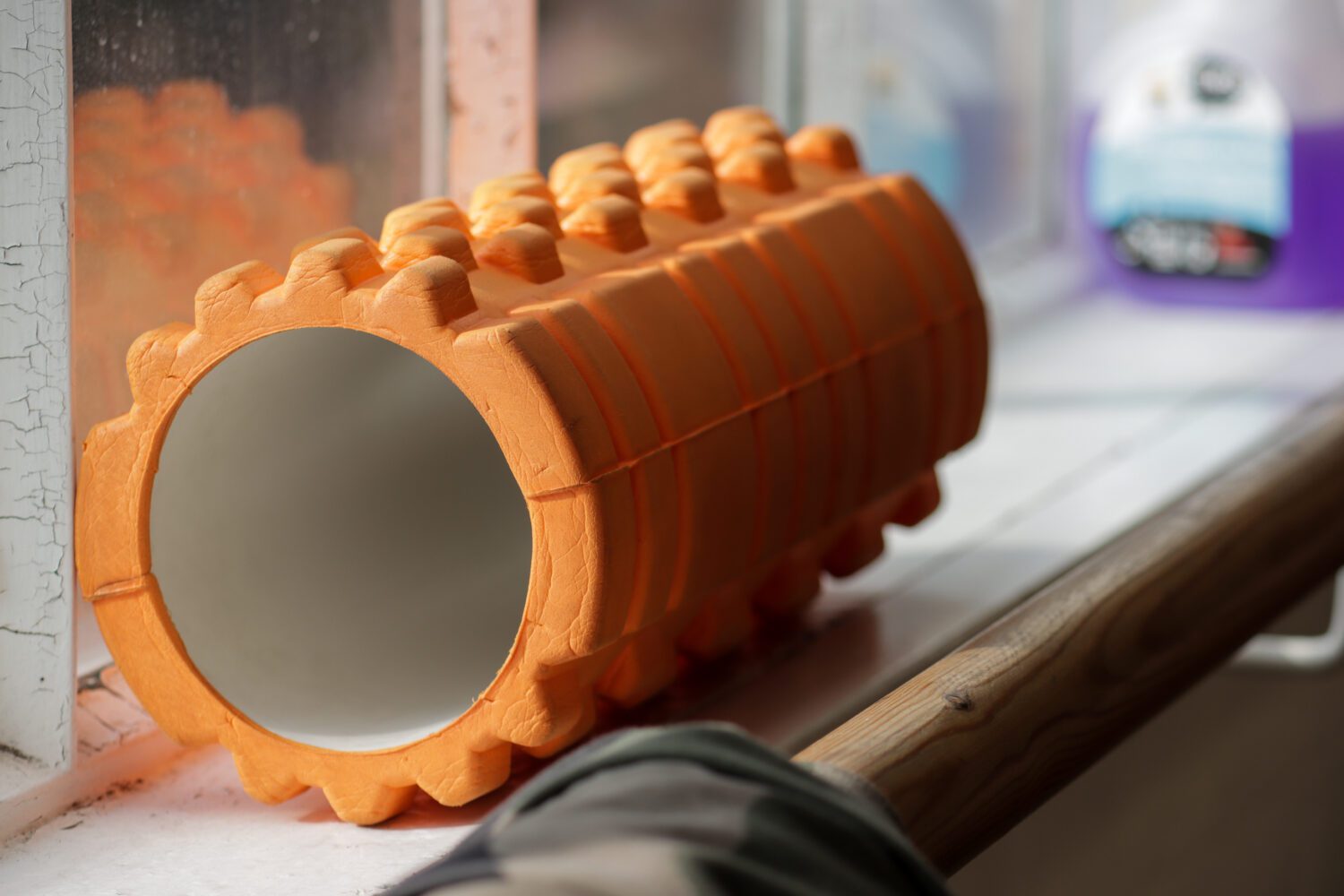
Most foam rollers come in different sizes, materials, and densities, with the low-density ones good for easing sore muscles after an intense workout. The firm rollers, on the other hand, have a tough exterior that you can use for deep tissue massage. Also, the textured rollers can be used to target specific knots in different areas of your body.
You can use the ladder barrel to stretch and carry out chest opening exercises as this tool enables you to focus on exercises and support spine support and flexibility. Unlike the Pilates chair and reformer machine, the ladder barrel does not have ropes or springs, so it supports other types of Pilates workouts. Exercises done on this equipment require complete stability and you should splurge on it only if you know how to use it well. Besides, most ladder barrels are made of wood with padded upholstery.
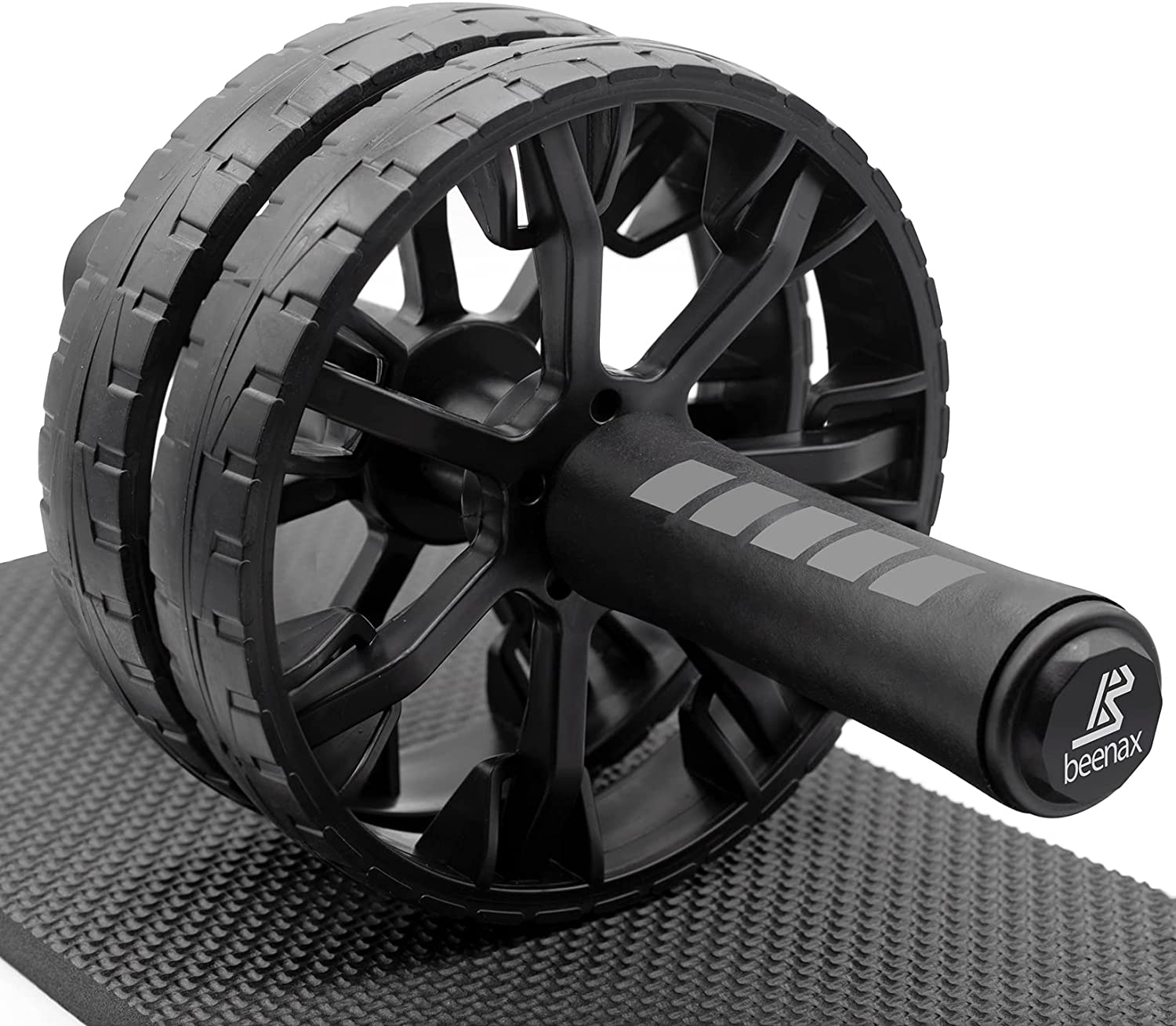
If you want to engage your core during Pilates, you should get the ab roller. This equipment mimics the sliding motions of the reformer during core-based workouts to give you the same intense results. You can use the ab roller for your mat-based Pilates workouts, as they target other parts of the body as well as the core. Unlike the reformer, this equipment is not bulky but it is also not as lightweight as some of the other equipment we’ve discussed but it will make a great addition to your collection.